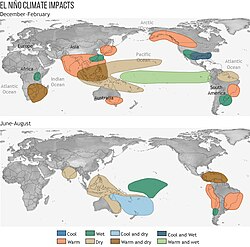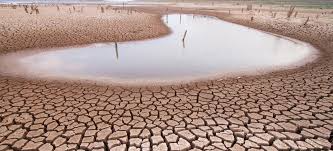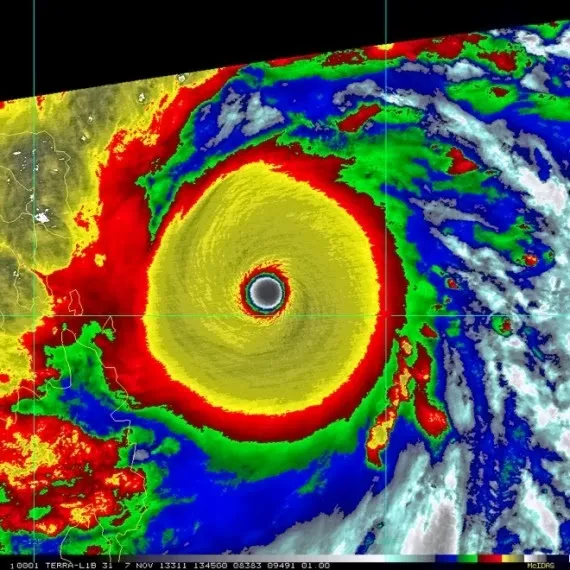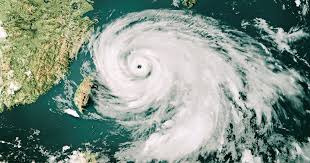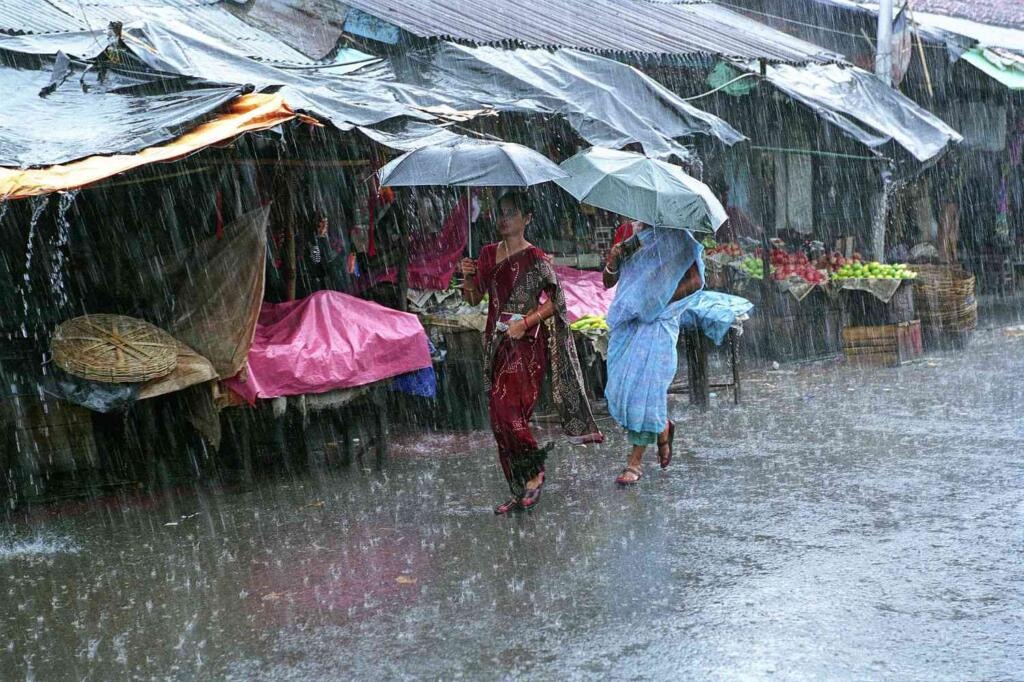
Monsoon Arrives Early in South Asia, Bringing Relief
In a surprising turn of events, the South Asian monsoon season has arrived earlier than expected in 2025, offering timely respite to millions grappling with an intense summer heatwave and mounting water shortages. Stretching from India and Bangladesh to Nepal and Sri Lanka, the early onset of monsoon rains is being hailed as both a climatic curiosity and a welcome blessing. Meteorological departments across the region have confirmed that rainfall patterns usually associated with mid to late June began in the last week of May, advancing more swiftly than seen in the last 15 years. While the early rains bring hope for agricultural recovery and water replenishment, they also serve as a stark reminder of the changing dynamics of the global climate system.
1. Meteorological Setup Behind the Early Arrival
The onset of the monsoon over the Indian subcontinent typically begins in early June, starting with the state of Kerala on India’s southwest coast. However, this year, the monsoon arrived in Kerala nearly a week ahead of schedule. Meteorologists have attributed this early surge to a combination of favorable sea surface temperatures in the Arabian Sea and the Bay of Bengal, coupled with a low pressure system forming earlier than expected. These oceanic conditions accelerated the development of moisture laden winds, pushing them toward the Indian coast sooner. Furthermore, an unusual dip in the jet stream allowed the monsoon trough to shift northward, pulling rain bands into the heart of the subcontinent much earlier than average.
Climatologists believe that while this year’s early onset does not indicate a permanent change in monsoon behavior, it is consistent with a pattern of increasingly unpredictable seasonal cycles linked to global warming. With the Indian Ocean warming faster than other tropical oceans, the variability in monsoon timing, strength, and spatial distribution is expected to increase in the years to come.
2. Agricultural Sector Breathes a Sigh of Relief
One of the most immediate benefits of an early monsoon is its impact on agriculture, particularly in India, where nearly 55% of farmland is rain fed. Across the states of Maharashtra, Madhya Pradesh, and Uttar Pradesh, farmers had been anxiously awaiting rainfall to begin sowing major crops like rice, soybeans, pulses, and cotton. The early downpour has not only brought relief from the scorching heat but has also allowed for early land preparation and sowing, which could translate to a longer and potentially more productive growing season.
In Bangladesh and Nepal as well, farmers are now rushing to take advantage of the wet conditions. Paddy cultivation, which is heavily dependent on timely rainfall, has seen an encouraging start. In many districts of north central Bangladesh and eastern Terai regions of Nepal, fields that were previously dry and cracked have transformed into vibrant patches of wet, cultivable land. Agricultural economists believe that if rainfall distribution remains steady, South Asia could experience a bumper harvest in the 2025 Kharif season, helping reduce food inflation and improving rural livelihoods.
3. Reservoirs and Water Tables Begin Recovery
Urban and rural communities alike had been reeling under severe water stress in the months preceding the monsoon. In India, cities like Bengaluru, Chennai, and Jaipur faced early summer water rationing, while parts of Pakistan's Sindh and Balochistan provinces recorded dangerously low groundwater levels. The early arrival of monsoon rains has already begun to recharge parched reservoirs and underground aquifers, which are essential not only for drinking water but also for hydroelectric power generation and industrial activity.
Reservoirs in southern and western India have started to rise steadily, relieving pressure on municipal supplies and ensuring that water scarcity does not worsen in the coming weeks. This early boost in water availability could also aid in long term planning for water storage, irrigation, and energy needs across the region. However, experts warn that while the early onset is beneficial, erratic rainfall or prolonged dry spells between rain events could still hamper long term water security.
4. Urban Heat and Pollution Levels Decline
In cities across the subcontinent, the early monsoon rains have had an immediate cooling effect. Temperatures that soared beyond 44°C (111°F) in Delhi, Lahore, and Dhaka during May have now dipped by 5 to 7 degrees Celsius. With rainfall washing away dust and particulate matter, air quality levels have also improved significantly. In Delhi and Kolkata, AQI (Air Quality Index) values dropped from "severe" to "moderate" levels within a few days of rainfall a welcome change for residents who had been choking on polluted air.
Urban infrastructure, though, is under pressure as the sudden rains exposed the lack of preparation in many cities. Poor drainage systems led to waterlogging in Mumbai, Guwahati, and Colombo. Authorities have scrambled to clear blocked stormwater channels, but the early downpour caught many civic bodies off guard. The incident highlights the need for urban planners to anticipate climate variability and prepare drainage and flood control infrastructure accordingly.
5. Ecological and Environmental Impact
The early arrival of monsoon is not just a human relief it’s also a lifeline for regional ecosystems. Wetlands, rivers, and forests that had begun to dry out are seeing renewed vigor. In India’s Western Ghats and Sri Lanka’s hill zones, the rains have revived natural springs and rejuvenated biodiversity. Migratory birds are arriving earlier than usual, and amphibians like frogs and toads, which depend on moist environments to breed, are already active.
Environmentalists, however, caution that a mismatch in seasonal cycles can also have unintended effects. Some plant and animal species, especially those sensitive to temperature and rainfall changes, could struggle to adapt if early monsoons become the norm. Sudden shifts in flowering and pollination patterns can also impact food chains. Therefore, while early rains are a short term boon, they could become a long term challenge for regional biodiversity if variability increases.
6. Socio Economic Repercussions and Policy Implications
The broader economic implications of an early and robust monsoon can be far reaching. A good monsoon supports rural incomes, boosts consumption, and stabilizes food markets. In a region where inflation has been steadily rising due to energy and food costs, a strong agricultural season can act as a natural buffer. Governments across South Asia are likely to adjust their fiscal expectations and procurement policies based on monsoon performance in the next few weeks.
However, this also puts pressure on policymakers to rethink their climate and disaster preparedness strategies. If early monsoons become more common, sowing schedules, reservoir release policies, and urban planning calendars may need to be recalibrated. Investing in high resolution forecasting models, real time rainfall tracking, and flexible crop insurance schemes will be essential to harness the benefits of early rainfall while mitigating potential risks.
7. A Welcome Start to a Complex Season
In sum, the early arrival of the 2025 monsoon has brought significant short term relief across South Asia easing water shortages, energizing agriculture, and cooling down cities scorched by unprecedented heat. However, it also underscores the increasingly volatile nature of seasonal weather patterns in a changing climate. While farmers rejoice and reservoirs fill, experts and officials must stay vigilant. The true measure of the monsoon’s success will lie not just in its arrival, but in its distribution, intensity, and duration over the coming months.
As always, in South Asia, the monsoon remains both a blessing and a balancing act one that determines the fate of over a billion people.
Related Post
Popular News
Subscribe To Our Newsletter
No spam, notifications only about new products, updates.

